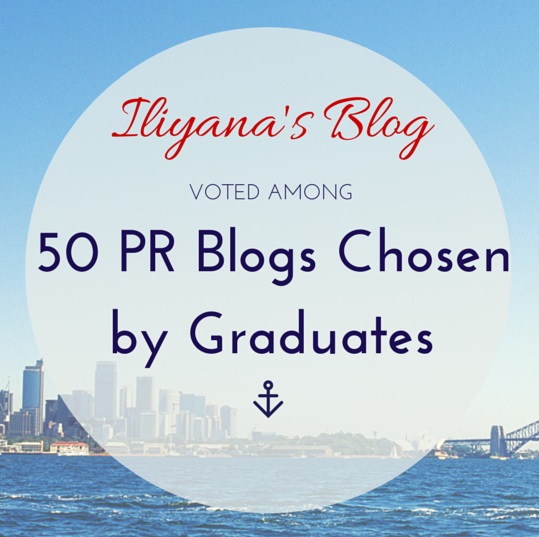
Consumers have changed. They know they have the power. And they use that when they make purchase decisions.
The times when companies simply used to talk about their business and their products are gone. Now is the time of the consumer, where WIIIFM or “what’s in it for me” is more relevant than ever.
In the world of social media, blogging, podcasting, video broadcasting, etc. customer-centricity is the only way for them to be heard among the noise. It is WIIFM that brands need to communicate throughout the entire customer journey.
There’s one industry where this is extremely palpable – sustainability with surrounding terms such as resource scarcity, sustainable supply chains and sourcing, climate change, eco-efficiency etc.
Why? Because all these words are confusing, hard to understand and often regarded as greenwashing by the normal consumer.
That’s something I’ve discovered when I was doing my own research for my dissertation, but is also evident year after year in the results of Sustainly’s Social Media Sustainability Index.
The latest one even opens up with the question: “How do you talk about sustainability when no-one really knows what it means?”
This is the biggest challenge that companies have been facing when trying to communicate their sustainability initiatives.
How to Overcome Sustainability’s Biggest Challenge
The answer, the research finds, is to communicate sustainability without even “ushering the S word”, but to “connect with people in an entertaining, informative and authentic voice on the issues they are passionate about”. That’s what top brands such as Unilever, Coca-Cola and Intel have found works. They put innovation, digital and wellness at the centre of their narratives that are entirely customer focused.
Sustainly calls this the new era of Soft Sustainability with a new type of strategy that “stresses the sustainability values that matter to real people without hitting consumers over the head with the type of sustainability professional jargon that only confuses and alienates them.”
The Guardian also has a great way of describing this: “The problem with sustainability marketing? Not enough me, me, me.”
Brands need to start to communicate in terms of WIIFM because for sustainability to become mainstream they need to change consumer behaviour. They don’t need to sell to people, they need to encourage them and make them understand that sustainable products are the future, they need to make them want to buy these products on their own, again and again. That only happens when people make the decision on their own, of their own conviction, not because someone is telling them to do so.
And consumers do care, so companies need to explain the benefits better and show the value that is relevant to “me” as a person, as a consumer – how will this product change or make MY life better, not just how it will affect the planet. This goes beyond the functional benefits of what the product can do, to emotional and social aspects such as how will this product inspire and motivate ME, describe ME to others, or make ME feel.
3 Steps to a New Language for Sustainability Communications
Here are three actionable steps brands can take to craft a new narrative for their sustainability initiatives:
1. Focus on the big picture, don’t overdo it with technical information and specifics in the beginning. People’s brains are better at grasping and remembering the general concept or high-level information when it comes to a new product or service, rather than delving into details. Only when they have an idea of what they are dealing with, then you can offer them the opportunity to dig deeper and learn more about the subject, but don’t bombard them in the beginning with detailed explanations. Send them a single powerful message and tell the whole story when they are ready for it.
2. Use a reverse message strategy to “help your communication resonate a bit better and come in closer to where the consumer feels comfortable”. This is particularly effective when the goal is to change behaviour or communicate a difficult topic, as it is in most sustainability cases. The reverse message strategy basically flips the message to change the way the consumer approaches it, so for example instead of “why we should recycle” try “how recycling can make our lives better”. As the Guardian says, show people what sustainability can do for them, rather than what they can do for sustainability.
3. Make people understand not by talking like a technical expert, but by sticking to the language normal people speak. As Gini Dietrich from Spin Sucks says, “eliminate the French,” or cut out the “we, we, we” from your copy. Sustainly gives some great examples:
- Food that won’t hurt you.
- Products free from poisons and carcinogens.
- Paying workers a decent wage.
- Fighting and curing disease.
- Giving everyone an equal chance regardless of race, creed, gender or sexual preference.
- Not harming local habitats or communities.
What else can brands do to change the sustainability narrative and move to WIIFM?






